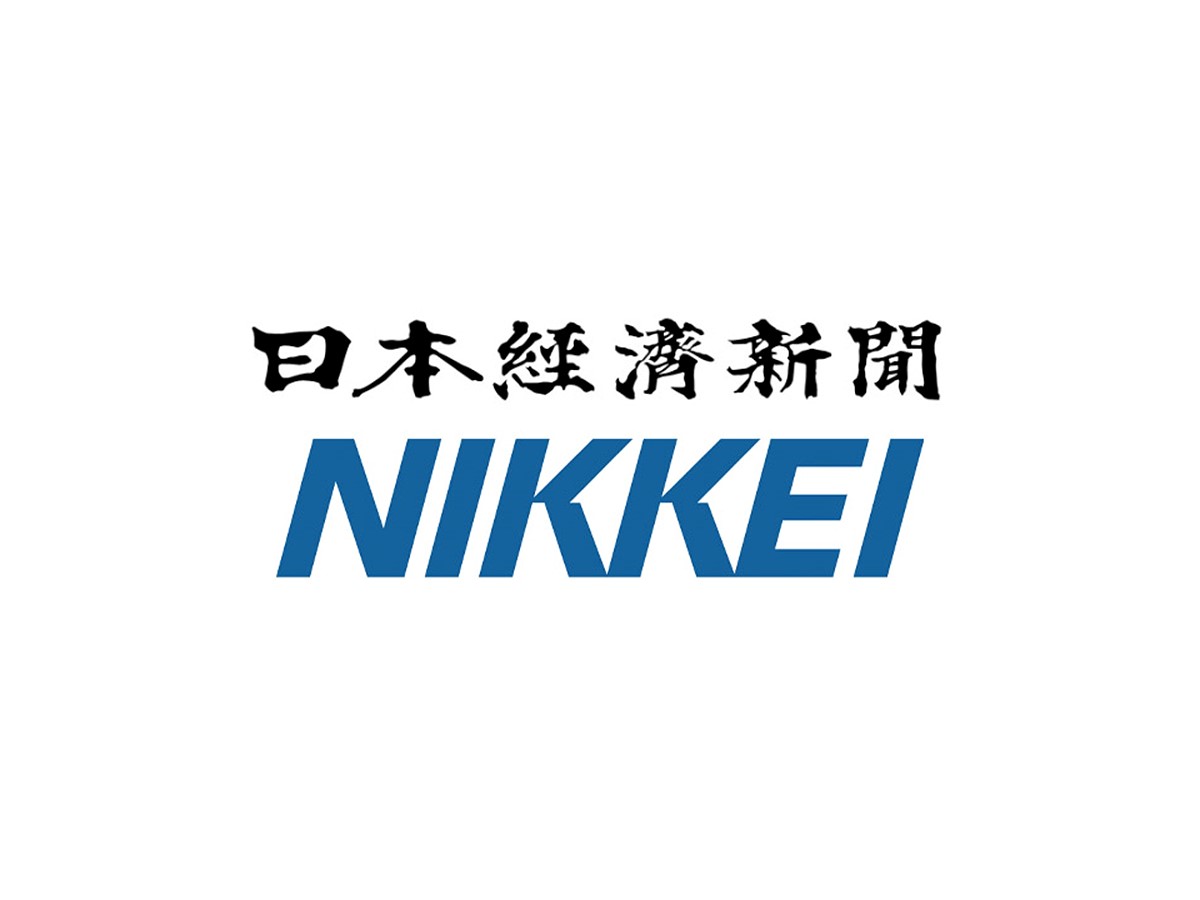On December 8, 2023, the Nikkei Newspaper graced its front page with a bold announcement that caught many eyes: “Nikkei Digital Subscriptions Hit 1 Million.” This figure was hailed as a landmark achievement for Nikkei’s digital strategy, positioning it as a frontrunner in the digital transformation of the news industry. For the first time, a Japanese paid news outlet surpassed the one million mark. However, a closer look revealed a nuanced story beneath the headline.
Digging Deeper into the Numbers The detailed breakdown showed that of the proclaimed one million, 890,000 were from the digital edition alone, with the remaining 110,000 attributed to various paid media subscriptions outside of the primary digital platform. This mix included Nikkei’s industry newspapers, its financial publication Nikkei Veritas, and several digital initiatives launched since 2020.
The announcement intended to showcase the fruits of Nikkei’s aggressive digital media launches and subscription growth. Yet, the term “digital subscription numbers,” unfamiliar to most readers, encompassed both the pricier digital edition and more affordable specialized media, leading to potential confusion and misinterpretation.
The article boldly claimed a first in Japan’s paid news media, reaching over a million digital subscriptions, without mentioning the declining print circulation numbers. This selective reporting sparked internal criticism, suggesting a desperate move by President Tsuyoshi Hasebe’s administration to distract from the company’s worsening financial performance.
“3 Million IDs” Boosted by Sponsorship from Daiwa Securities and Google Internal documents revealed that the digital edition’s membership as of December 1 last year showed a 9% increase year-over-year to 897,869, with a notable rise in corporate subscriptions thanks to “extraordinary sales efforts.” However, included in these figures were 30,000 IDs registered through an educational project funded by sponsorship money from Daiwa Securities Group and Google. This inclusion raised questions about the legitimacy of these numbers as genuine subscribers.
The Nikkei for Education initiative, aimed at fostering future readership by providing the digital edition to middle and high school students for free, further muddied the waters. While the project serves an educational purpose, incorporating these sponsored IDs into the subscriber count has drawn skepticism.
Challenges Ahead: Declining Revenue and Morale Despite the optimistic portrayal of digital subscription growth, Nikkei faces significant challenges, including a predicted 48% drop in operating profits for the year and the ongoing decline in print newspaper circulation. The introduction of the “Nikkei-style job-based” employment and compensation system, along with cuts to various allowances, has led to decreasing morale and an increase in staff departures.
As Nikkei strives to maintain its reputation and navigate the evolving media landscape, the true test will be its ability to sustain high-quality journalism and retain the talent necessary to do so. The move to digital has undoubtedly opened new avenues for growth, but the journey is fraught with obstacles that require more than just innovative subscription models to overcome.












Leave a Reply